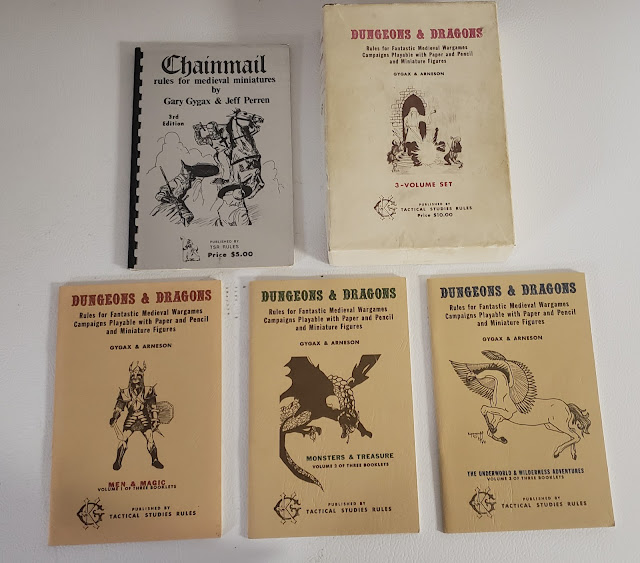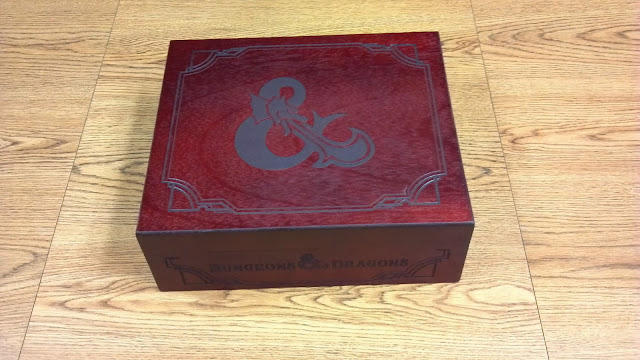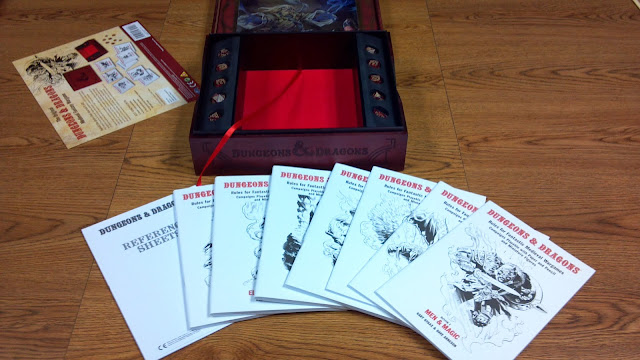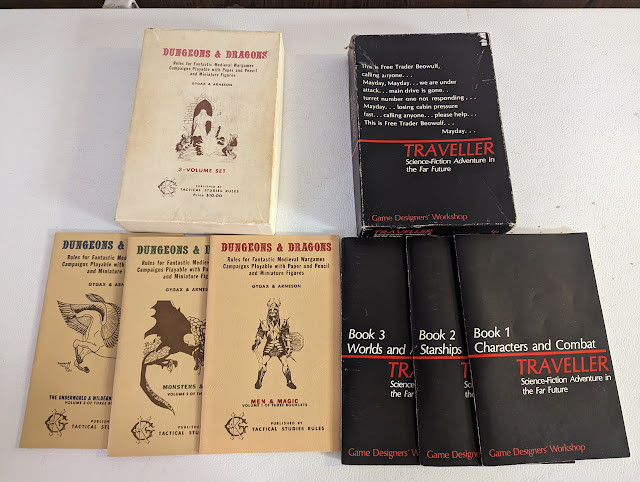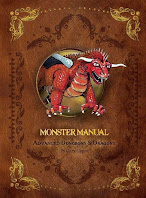One would think I didn't have any more to say, but those are just two of 56 posts I have here about Ravenloft (soon to be 57). But yet here I am with more to say.
What is Ravenloft?
Ravenloft was originally an adventure for First Edition AD&D, released back in 1983, and written by Tracy and Laura Hickman's husband and wife team. It was part of the "I" or intermediate series of adventures. Most of these were not linked and only shared that they were higher level than beginning adventures. Ravenloft, given the code I6, was for character levels 5 to 7.
Ravenloft was a huge change from many of the adventures TSR had published to that date. For starters the adventure featured an antagonist, Count Strahd von Zarovich, who was no mere monster. Yes he was an AD&D Vampire, but he was meant to be run as an intelligent Non-player Character. Prior to this the vampires have been the unnamed Vampire Queen of the Palace of the Vampire Queen, Drelnza the vampire daughter of Iggwilv in The Lost Caverns of Tsojcanth, and Belgos the Drow Vampire in Vault of the Drow. By 1983 the amount written on all three of these vampires would not even be as long as this post will be. Strahd was different.
Strahd had a backstory, he had motivation, and he was intelligent and ruthless. Destroying him was the goal and that was not an easy feat by any stretch of the imagination.
The adventure also introduced some new elements as well. The dungeon crawl was gone, replaced by a huge gothic castle and a nearby village. The adventure could be replayed ab unique given the "Fortunes of Ravenloft" mechanic that allows key items, people, and motives to change based on a fortune card reading.
And there were the iso-morphic, 3D looking maps, that helped give perspective to many levels of Castle Ravenloft.
The adventure was an immediate and resounding hit. This adventure, along with the Dragonlance Adventures also by Tracy Hickman (and Margaret Weis) led to something many old-school gamers call "The Hickman Revolution" and claim it marks the time between the Golden Age and Silver Age of AD&D, with the Silver age coming after 1983. While yes there was a change, a lot of it was for the better.
For me, it was a dream come true. Vampires had always been my favorite creatures to fight in D&D, and I was an avid Dracula fan. I bought this adventure and then threw it at my DM, saying, "Run this!"
I grew up on a steady stream of Universal Monsters, Hammer Horror, and Dark Shadows. That's my Appendix N. So, an adventure set in pretty much the Hammer Hamlet where I get strange locals and have to fight a vampire? Yeah, that is what D&D was to me.
I find that the people who don't like this adventure don't see what makes it great. This is not Lord of the Rings, Conan, or some other Appendix N pulp fantasy. This is Hammer Horror. Strahd has to be played with a combination of charisma, scene-chewing villainy, and absolute brutality. In other words, it is exactly like Christopher Lee playing Dracula. Even the nearby village is filled with terrified, but the pitchfork in the ready village is a Hammer Hamlet.
 |
| Original, 25th Anniversary Edition, Print on Demand Edition |
I even got my original module from 1983 signed by Tracy Hickman.
This adventure was so popular that it spawned a sequel, Ravenloft House on Gryphon Hill and an entire campaign setting.
Ravenloft: The Setting
I mention that in college, I played AD&D 2nd Edition. The biggest selling point of AD&D 2nd ed was the campaign settings. There were a lot of them. Too many. But my favorite was Ravenloft. They took the events of the 1983 adventure and built an entire world around it with people, magic and lots of horror monsters. It was Gothic horror, to start with, but soon expanded into other realms of horror using the AD&D 2nd Ed rules. Not always a perfect fit, but I made it work.
It even expanded it to Earth in Ravenloft: Masque of the Red Death.
It has been so popular that it is one of the few settings to see publication across all five major editions of D&D. 4th Edition made some changes, as did 5th Edition. But that is all within the same vein (so to speak) as all Horror movies, and Dracula in particular, get reinterpreted to fit the times better. Horror is always about what people in the here and now are concerned with. Ravenloft follows suit.
Ravenloft has been listed as one of the greatest adventures of all time and Strahd as one of the greatest D&D villains ever.
I have run this adventure many times under many different rulesets, and it has been a blast every time.
Even if I am not playing D&D, I return to this adventure and this setting.
Tomorrow is Sunday, so a break from A to Z, but not my posting. I will cover Dungeons 7 Dragons 4th Edition.
This is also my next entry of the month for the RPG Blog Carnival, hosted by Codex Anathema on Favorite Settings.











